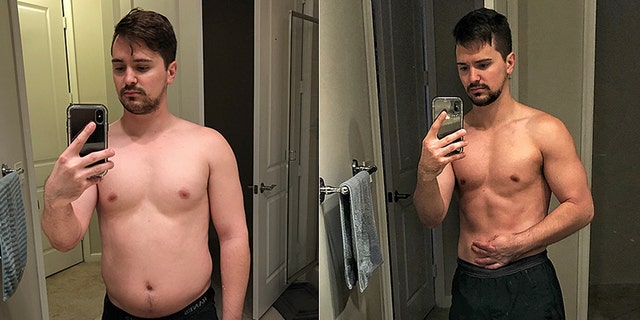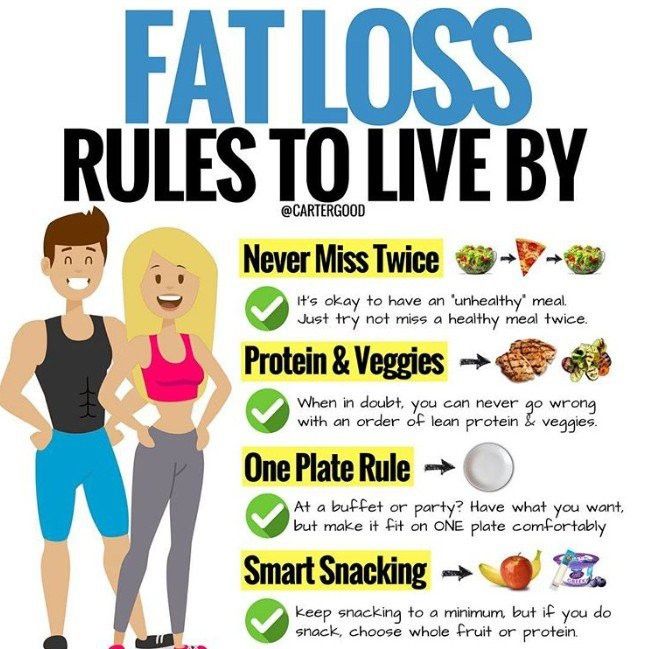
A heart-healthy diet is a great choice for any person, regardless of age. This type of diet promotes healthy and fresh foods, and can help you lose weight. You can learn more about these types of diets in this article. These are some useful tips for this type dietary plan. Start with your daily meals.
Everyone should eat heart-healthy meals
All ages can benefit by eating a heart-healthy lifestyle. Start eating healthy foods as early as possible to reduce the risk of developing heart disease. They should eat foods rich in fiber and color that are low-fat, colorful, and low in saturated. Eat more fruits and vegetables, such as oranges and apricots, and cut back on processed foods. Lean meats should have less than 10% fat. To avoid becoming fattening, reduce your intake of butter and substitute low-fat foods.
Healthy food for the heart is salmon and albacore tuna. These foods contain omega-3s, which are responsible for protecting heart health and reducing the risk of heart disease. In addition, monounsaturated fats, such as olive oil, can help you replace unhealthy fats in your diet.
They promote weight loss
Cardiovascular diet menus focus on eating healthy foods and avoiding processed foods. Many of these diets encourage the consumption oily fish and other vegetables and limit the intake saturated fats as well as sugar. Flaked almonds, lowfat yogurt and blueberries are also encouraged.

Cardiovascular diets can be hard to stick to, especially if you are not used to limiting your food intake to such a restricted diet. You can still add herbs and spices to your meals, but avoid high-calorie sauces. You should also limit your alcohol intake when eating out.
They promote heart and lung health
Cardiovascular diets promote heart health by eating a variety healthy foods. This helps to lower the risk of developing cardiovascular disease. They encourage people not to consume processed foods and encourage them to eat lean meats or fish. They also restrict their intake of fat and sodium. These heart-healthy menus also limit the consumption of sodas, sugar-sweetened beverages, and other types of processed food.
Cardiovascular diet menus are based on whole grains, fruits, vegetables, oily fish, low-saturated oils, and whole grains. Avoid sugar and red meat. Also, avoid refined carbohydrates such as white bread.
They encourage fresh food
The cardiac diet encourages eating fresh fruits and veggies, whole grains, oily salmon, and other heart healthy foods. The diet discourages the consumption of processed food, sugar, red meat and other unhealthy foods that can raise your risk of heart disease. The menu can help with healthy eating choices, as well as provide guidance for meal planning. To maintain your cardiovascular health, you should include exercise every day.
You need to follow the cardiac diet guidelines. If you don't, adverse effects may occur. It also limits what foods you are allowed to eat at certain meals. Most meals will consist of protein and fruits. The two remaining days are used for normal eating.

They lower sodium intake
Limiting sodium intake is an important component of a cardiac diet. You should choose foods that have less sodium as many sodium-rich foods are bad for your heart. You can make your own citrus juice and use salt-free seasonings. When shopping for meat and poultry, choose the least processed form. Avoid sauces and any other sodium-rich ingredients, such as ready-to-eat pasta and flavored rice. When dining out, make sure to ask about nutrition information so you can choose a lower-sodium meal. If possible, split your meal with another person.
You can lose weight, lower your cholesterol, and improve your overall health by eating a heart-healthy diet. Eating heart-healthy foods can also increase energy levels. Your lifestyle and risk factors will play a role in choosing the right food.
FAQ
How can busy people lose fat?
It is best to eat less and exercise more to lose weight.
Overeating will lead to weight gain. If you don't exercise enough, you'll also gain weight. You can start losing weight if you combine these simple habits.
How to make an exercise plan?
You must first create a routine. You need to know what you will do each day and how long you will spend doing it. This helps you plan and prevents procrastination.
The second thing is to ensure that you have plenty of variety in your workout. It is important not to get bored while exercising. This will cause you to lose interest and make it difficult for you to stick with it.
It is important to track your progress. It is crucial to track how much weight has been lost or gained.
If you start off by losing weight, it's easy to lose motivation if you don't gain any additional weight. It's harder to stay motivated if you gain too many pounds.
So, try to find a balance between gaining weight and losing weight. If you're not happy with where you are, then you'll be less likely to continue exercising.
What level of exercise is required to lose weight?
Many factors influence how much exercise is needed to lose weight, such as age, gender, body size, and weight. Most people require moderate activity at least five days per week.
The American College of Sports Medicine recommends 150 minutes of moderate-intensity aerobic activity each week, spread over three days.
If you are trying to lose 10 pounds, 300 minutes of moderate intensity exercise per week is a good goal. This includes activities such brisk walking and swimming laps, bicycling, dancing, playing tennis or golfing, hiking, running, jogging and other similar activities.
Start out with 20 minutes of vigorous physical activity three times weekly if you're just getting started. This could be lifting weights, sprinting, jumping rope, and fast walking.
Aerobic exercise also helps burn calories and build muscle mass. Muscle burns a lot more calories than fat. So building muscle while losing weight may help you achieve your goal faster.
How can you lose weight?
People who are looking for a way to look good and lose weight are the top goals. People desire to lose weight because they want to live longer, feel healthier, and live longer. There are many options for losing weight. Some of them include cardio training, strength training, yoga, pilates, running, swimming, cycling, etc. Each exercise has its advantages and disadvantages. Walking, for example, is the best way of burning calories. Lifting weights is a better choice if you are looking to increase muscle mass. We'll be discussing how to lose weight, and which exercise is best.
It is important to determine what type of diet you should follow when you want to lose weight. There is no need to eat less; you can eat fewer processed foods, and avoid junk food. It's recommended to consume at least 2200 calories per day. You can lose weight quicker if you reduce your calorie intake. This will make it easier to lose weight.
Exercise is a great way to lose weight quickly. Exercise helps you burn calories and increase metabolism. To lose weight effectively, you must combine exercise with a healthy diet. You will lose weight by exercising. Your body will burn fat more quickly if you do your workouts regularly. Regular exercise is a great way to keep fit and healthy. They keep you active and prevent diseases like heart disease, stroke, hypertension, diabetes, and others.
You should try to walk as much as possible. Walking burns around 500 calories per hour. You can burn about 1500 calories if you walk for 30 minutes each day. You will therefore lose approximately 1 pound per week. You can also run/jog for 10 minute. Running burns around 1000 calories per hour. You should run 20 minutes each day if your goal is to lose five pounds in just three weeks.
Combining exercise with healthy eating habits is the best way lose weight. It is important to strike a balance among these two.
Are there side effects to intermittent fasting
Intermittent fasting does not have any known side effects. But, it is possible to experience minor side effects if you plan poorly.
If you skip breakfast, for example, you may feel constantly irritable. Headaches, dizziness, fatigue and muscle cramps are all possible.
These symptoms usually disappear within a few days.
Why would you want to lose weight before turning 40?
Senior citizens over 40 need to maintain their health, fitness and well-being. It is important to stay fit throughout your life. This includes regular exercise, eating right, not smoking, moderate alcohol, and regular exercise.
It is important to recognize that our bodies change as we age. Our bones become weaker, and our muscles begin to shrink. It is possible to slow down the process of aging by taking good care of ourselves.
Being healthy and active as we age has many benefits. These are:
-
Better Sleep
-
Improved moods
-
Increased energy levels
-
Lower risk of developing cancer
-
A longer life
-
More independence
-
Better sex
-
Greater memory
-
Greater concentration
-
Improved circulation
-
Stronger immune system
-
There are fewer aches and pains
How often do people fast?
Most people who adhere to a ketogenic lifestyle fast only once per week. Some people fast twice weekly. And others fast three times per week.
Each fast has a different length. Some fast for 24 hours while others fast for 48.
Some people can even travel for up to 72 hours. But, such extreme cases are rare.
Statistics
- According to a study sponsored by the American Council on Exercise, a person weighing around 140 pounds (64 kg) would burn 108 calories at a 30-minute beginner's Pilates class or 168 calories at an advanced class of the same duration (26). (healthline.com)
- It's estimated that half of all American adults attempt to lose weight every year (1Trusted (healthline.com)
- According to Harvard Health, it's estimated that a 155-pound (70-kg) person burns around 167 calories per 30 minutes of walking at a moderate pace of 4 mph (6.4 km/h) (5). (healthline.com)
- Among women, the increase in metabolic rate was nearly 4%, or 50 more calories per day (14Trusted Source (healthline.com)
External Links
How To
How to Lose Weight Fast Without Exercise
You can lose weight quickly by eating less calories than what you burn. This will make your body burn more fat to generate energy. In order to get enough calories your body will start to degrade muscle tissue. This can lead to some muscle loss. If you don't exercise while dieting, you can still lose weight. But you will probably lose even more.
You can lose weight quickly without having to work out by reducing your calorie intake. It is common for people to believe that they must cut down on their food intake in an effort to lose weight. When you're trying to lose weight, you want to make sure you're eating fewer calories than you're burning. So what should you be eating each day? It all depends upon what type of activity you engage daily. For example, a runner who walks 3 to 5 miles per day would only require 2,500 calories daily. An individual who works all day at a desk would consume around 1,600 calories each day. However, someone who exercises regularly (like lifting weights) would require around 2,000 calories daily.
If you are trying to lose weight, you should try to reduce your caloric intake. Many people think that they should eat less food because they feel like they're starving themselves. This is not true. Your body doesn't care whether you're hungry or not; it just wants to function properly. To get rid of extra pounds, you need to keep track of your calorie consumption. There are many apps available online that allow you to monitor your calorie intake. Some of these apps include MyFitnessPal, Calorie Counter, and LoseIt!